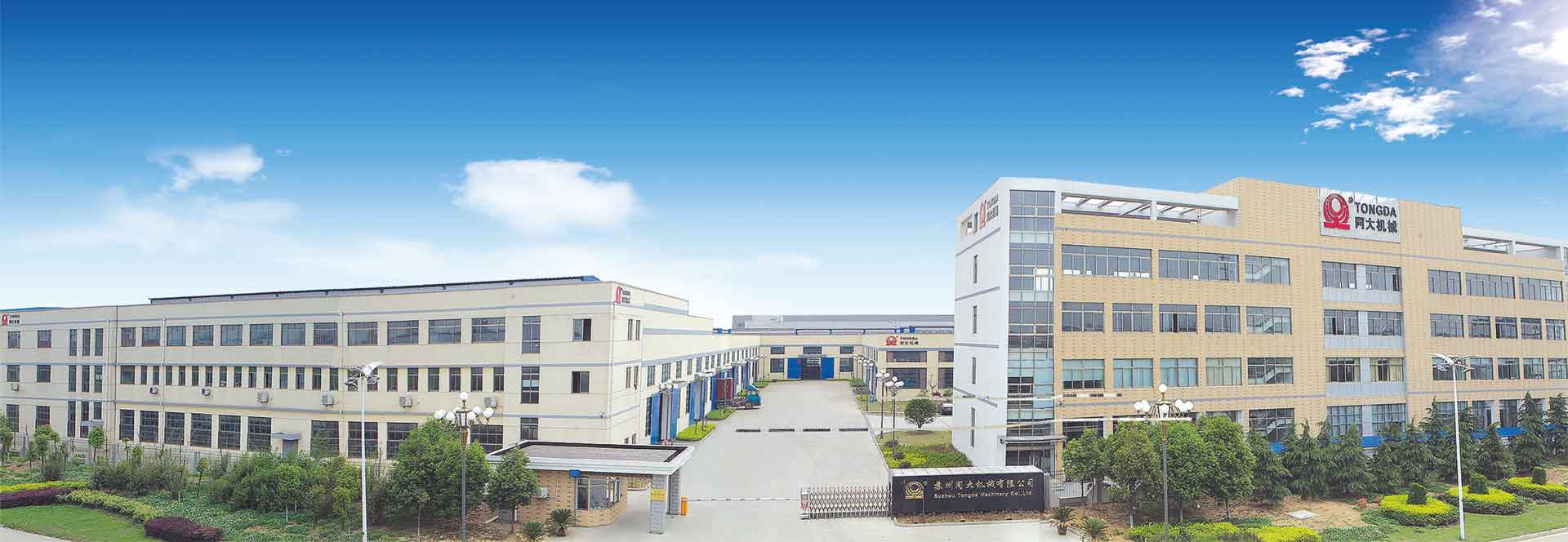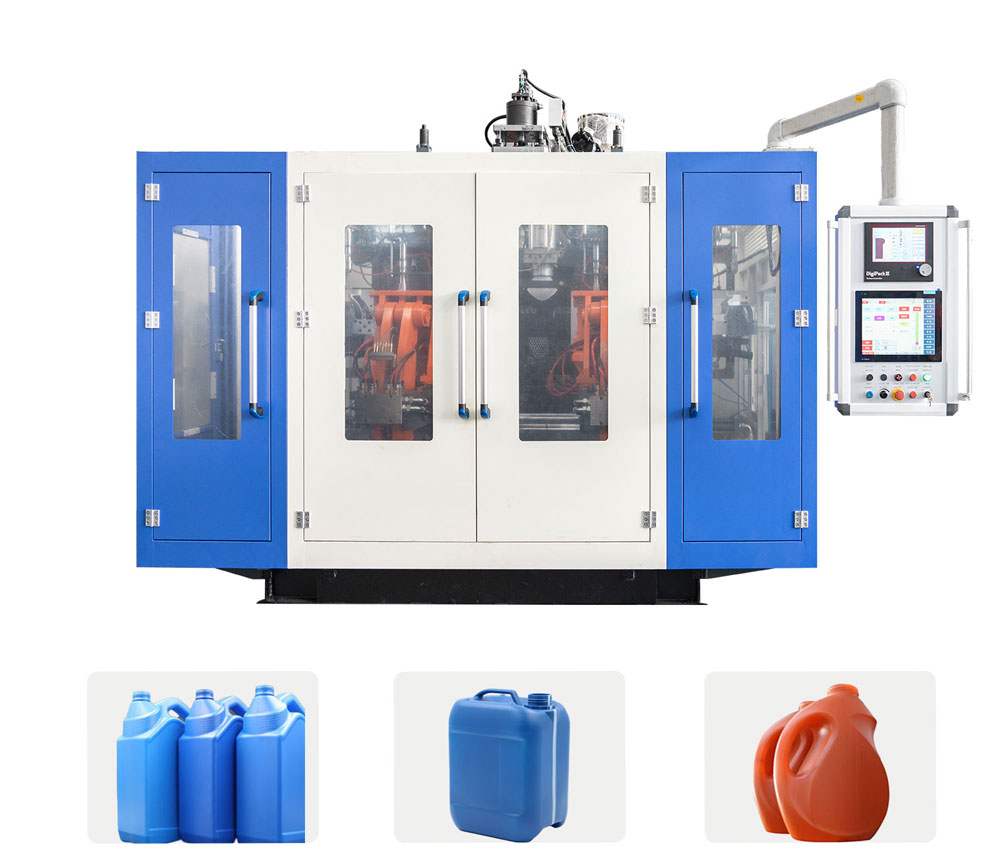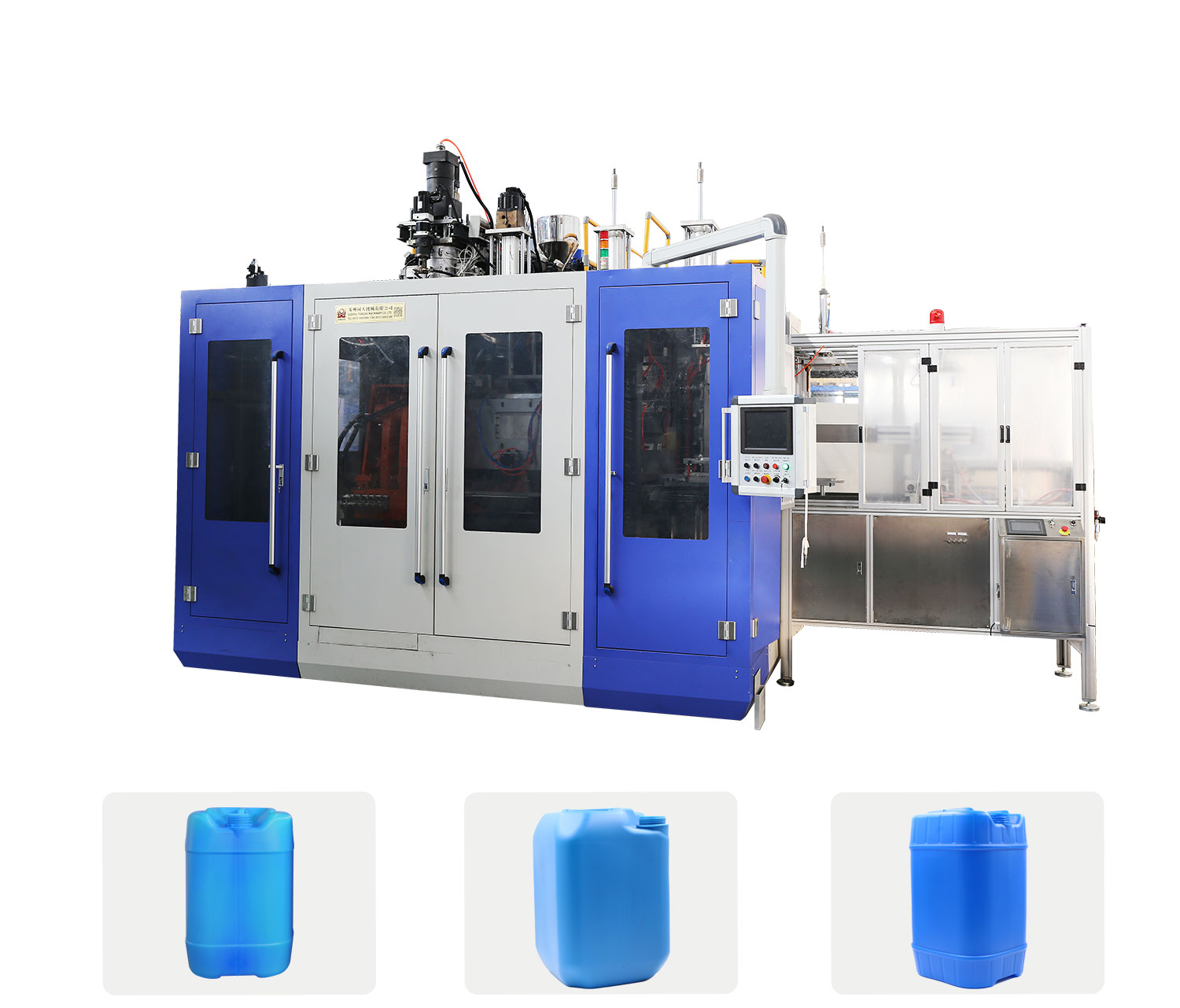Inorganic modification of polyethylene extrusion blow molding products

When processing hollow plastic products, various inorganic fillers are appropriately added, and some can improve the rigidity and hardness of the plastic products, and some can reduce the cost of raw materials.
First, reduce material costs.
In view of the general situation of filling and modification of hollow plastics processing plants in China in recent years, the technical level is generally low. At the same time, the product cost is greatly reduced, and the product quality also decreases more, which is difficult to meet the user’s requirements. This may be caused by in-depth study of materials, products, and performance price ratio.
From the current point of view, there are still many areas that can be discussed for the filling and modification of HDPE materials. Most manufacturers use a filler masterbatch mainly composed of calcium carbonate powder, and the filler masterbatch is mixed in a certain ratio to form a product. Since the low molecular weight polyethylene is generally used as an inorganic carrier when producing such a filler masterbatch, when the amount of the filler masterbatch is large, the melt strength is greatly damaged, resulting in product quality. Decrease, such as the drop in impact strength and uneven wall thickness of the product, creates technical problems that are difficult to solve in production for a long time. In addition, calcium carbonate itself is an amorphous substance that does not contribute to the mechanical strength of plastics.
How to increase the proportion of low-cost filler masterbatch in the material, and try not to make the mechanical comprehensive performance of the product not change too much? You can find a solution to the problem from the following aspects.
1 Extrafine calcium carbonate powder is used as the main body of the filler master batch. Due to the further refinement of the calcium carbonate powder, it is advantageous for them to be dispersed in the plastic, thereby greatly improving the properties of the material. However, as the fineness of the powder increases, the production cost of the powder itself will increase accordingly, and it is not cost-effective for products that are mainly cost-reducing.
2 Formulations with improved body materials. Since the calcium carbonate filled masterbatch is lubricated by the addition of many low molecular waxes during production, the melting temperature is lowered. The addition of such a filler masterbatch to the extrusion production material increases the overall melt index of the material, resulting in a decrease in melt strength during the production of the product and an uneven wall thickness during blow molding. Based on this type of situation, the overall melt index can be adjusted by improving the main material. Adding a certain proportion of the lower melt index HDPE feedstock to the original primary material can be effective in improving this condition. Since the market prices of raw materials with different molecular weights are not much different, they will have an effect on improving product quality and reducing costs.
3 While improving the formulation of the host material, a small amount of a polyethylene graft or a polar polyethylene copolymer such as EVA, EAA or the like is added. The affinity of the filler masterbatch can be improved and improved, and together with 2, a small amount of a polyethylene graft or a polar copolymer is added. As the amount of polyethylene graft and polar polyethylene copolymer increases, the melt strength, the mechanical properties of the material, and especially the toughness of the material, will be greatly improved.
Second, improve performance
For polyethylene hollow products, there are generally two indicators to pay attention to, one is the drop performance, and the other is the compression resistance. The former represents the basic use of hollow products, which is determined by the toughness and strength of the material; the latter represents the height of the stack and is the material. Rigid. Improving the performance of HDPE hollow products generally starts from these two aspects.
1 Increasing material rigidity is an important use of inorganic modification, that is, the bending strength and modulus of the material. Generally, sheet-like inorganic substances such as mica, talc, and nano-montmorillonite can significantly improve these properties. Because it is difficult to add powder directly, many manufacturers use the masterbatch of these products for production, but it is worth noting that this masterbatch cannot add many low molecular waxes like calcium carbonate masterbatch, which will cause the product to be caused. Damage may reduce strength while increasing rigidity.
2 The increase in toughness is mainly due to the addition of rubber products such as SBS, and also toughening with LDPE or LLDPE. However, when adding SBS, it will damage the chemical resistance. The toughening effect of adding LDPE and LLDPE is not too obvious. At present, an inorganic toughening method is popular in China. For example, adding 4% by mass of n-02 nano-montmorillonite can also increase the toughness by about 5%. It is also toughened by ternary blending technology, which combines the toughening of inorganic and organic materials, such as nano-montmorillonite masterbatch n-30, which contains both inorganic nano-montmorillonite and metallocene. Polyethylene, so the combination of toughening and reinforcement can be perfectly combined to further improve the performance of HDPE hollow products.











